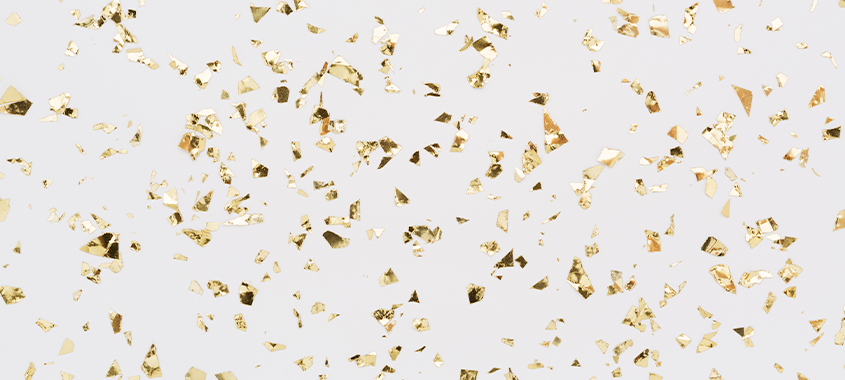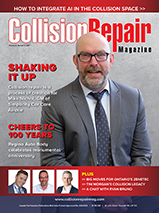WE’RE PLANNING A PARTY
IF YOU’RE OPTIMISTIC, YOU’RE INVITED
BY ALLISON ROGERS
Do you see the light? That shining beam at the end of the tunnel, signifying that the dark days are finally behind us?
With the past two years as predecessors, it only seems fair that 2022 will bring good—albeit, better—fortune to the world as a whole. In the world of collision repair, however, the new year is sure to bring exciting new ideas, procedures and focuses to the forefront of the industry.
For years now vehicle repairs have been increasing in technical complexity, whether it be the new material makeups in vehicle metals or working around the hard-to-see sensors on ADAS-enabled vehicles—which, for the North American fleet, currently sits at 90 percent of new vehicles—there are new challenges popping up every day. Not to mention ever-changing OEM procedures, insurer-repairer relations, making sure your tools are up-to-date for the latest vehicle models; keeping up is more than a full-time job.
These are not changes we should dread, though; these are changes that will transform the Canadian industry as we know it into a shining example for the rest of the world to turn to.
Canadians have been advocating in these areas for years. AIA Canada’s Right to Repair movement went before the House of Commons this year, although its progress has been delayed thanks to September’s snap-election, while other advocacy groups on the recycling side feverishly consult on ways to best make us of electric vehicle batteries and components. The people on the ground—Canada’s collision repair centre owners, technciains and staff—have all taken pandemic downtime to optimize their operations, strengthen their team and workplace cultures and plan for the changes ahead. In all honesty, it feels like we’re planning the party of the century, with ball gowns replaced by frame benches and line sheets.
If you’re still blind to the optimism the changes of tomorrow lend, let this year’s edition of Collision Repair’s Buyer’s Guide be your light. This publication has been carefully crafted based on the insight and findings of industry leaders across North America and beyond. Let it be your guide as we ramp back up to post-pandemic production levels.
And if you’re a manufacturer hesitant to accept any ensuing trade show invitations, recent reports may convince you otherwise. According to a November 2021 report from Foresight Research, opting not to participate in automotive industry trade shows can result not only in loss of potential business to rival competitors, but also risk the reputation of your brand.
According to Foresight’s findings from 10 different 2021 trade shows hosted across North America, many consumers already know who will be attending a trade show before they arrive on-site. If their particular brand of interest is absent, they’ll shift their focus to a rival brand for consideration— something that would’ve likely never happened otherwise.
Foresight does note in its research that certain brands may be more selective on which shows to attend, but a complete and total absence from shows would see any brand suffer. It’s time to get back in the game and help the industry reach its next step toward greatness in the electric era.
With hundreds of products, tried, true and new alike situated between these pages, this publication has the power to be your guide to greatness as the industry ramps back up to full, post-pandemic production levels. So, what are you waiting for? Click your pen into gear and get those notes going!






















